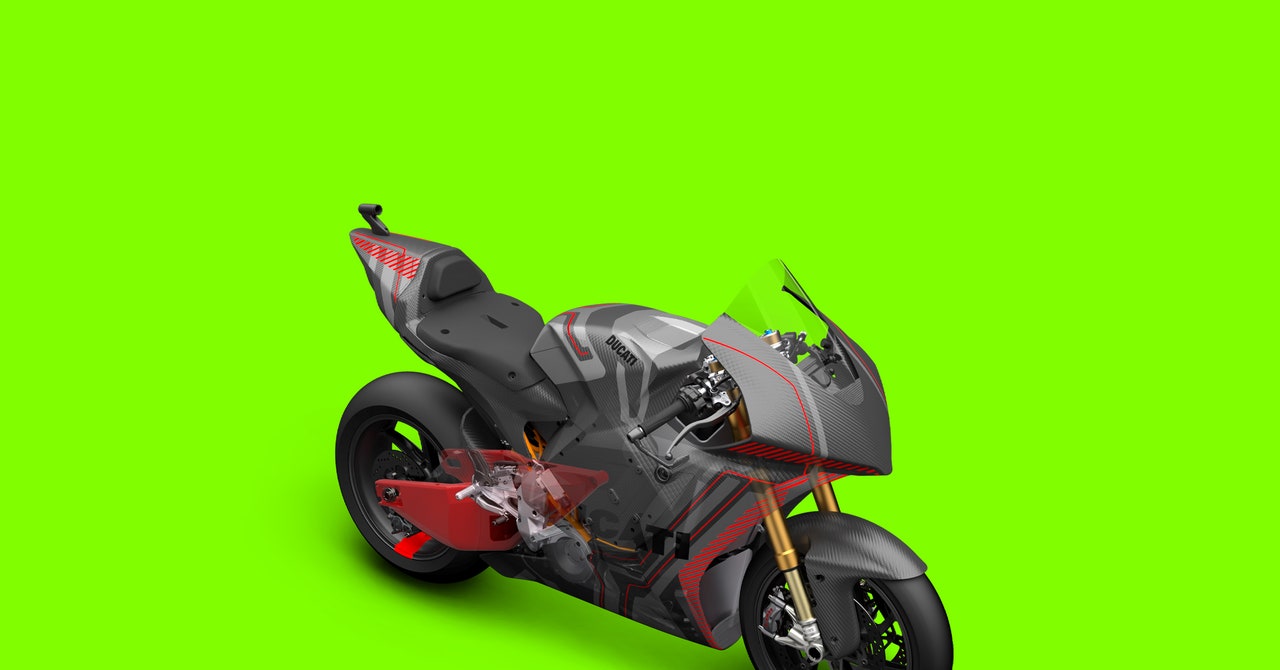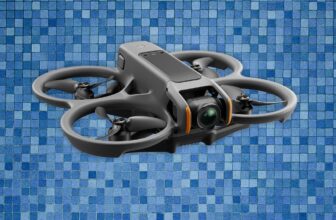
The lithium-ion cells are an ordinary, cylindrical 21700 format (21 mm in diameter and 70 mm lengthy, as used on older Teslas). A complete of 1,152 of them are packed into the carbon-fiber battery that doubles because the bike’s foremost chassis construction, delivering a complete of 18 kWh to an 800-volt electrical system. A aluminum entrance body holds the steering stem, whereas the motor, rear suspension, and cooling system bolt straight to the battery pack. A carbon subframe on the rear helps the rider.
“It’s a burdened half as a result of the battery is designed to be very strong for security causes, as you’ll be able to think about,” mentioned Roberto Canè, “In a racing bike, it’s not solely a matter of the burden, but in addition the stiffness of the body, which is essential for the riders, so collectively the entrance body, the battery, the seat, and the rear body behave like an ordinary racing bike for lateral and longitudinal stiffness.”
Crash Safety
The security side is a crucial one: There’s no crumple zone on a motorbike to guard the battery, so its carbon construction must be robust sufficient to make sure the cells aren’t ruptured in a crash. Like as we speak’s hybrid F1 automobiles, the MotoE bikes have security LEDs that mild up inexperienced to point out they’re secure to the touch and purple if there’s any doubt, and even these LEDs are doubled up so as to add a layer of redundancy.
Fireplace marshals patrol the pit and paddock in full flameproof gear. MotoE realized its lesson the onerous method. Earlier than the inaugural season even acquired underway in 2019, all 18 Energica bikes meant for use in that yr’s championship had been destroyed in a fire within the paddock on the Jerez circuit when a charger short-circuited throughout a preseason take a look at.
By making the battery double because the bike’s construction, Ducati has stored the entire bike’s weight down to simply 225 kg, a giant discount over the 260 kg of the Energica machines utilized in earlier years. It’s nonetheless quite a bit for a race bike (premier class MotoGP bikes have a 157-kg minimal weight and get virtually twice the MotoE bike’s 150 hp), however the huge torque on faucet implies that off the road the prototype “V21L” Ducati’s preliminary acceleration is definitely quicker than the corporate’s MotoGP machine. On the quickest observe it’s been examined at, Mugello in Italy, the MotoE Ducati hit 275 km per hour (171 mph).
That acceleration comes courtesy of 140 Nm of torque, delivered by means of the identical traction management and anti-wheelie methods utilized in MotoGP. The motor itself is an AC design, weighs solely 21 kg, and spins to 18,000 rpm, doubling as a generator to feed energy again to the battery below deceleration.
There’s no rear brake disc. As a substitute, the motor’s regen system is related to the rear brake pedal, mapped to reply like a traditional brake. As with most electrical automobiles, there’s no want for a multi-speed gearbox—there’s only one ratio that takes the V21L all the best way from stationary to high pace. “The motor drives by means of mounted discount gearbox to the pinion and the chain, lubricated by a small oil pump,” Canè says. “On the opposite facet of the motor, we have now a water pump for cooling the motor and inverter utilizing the small, decrease radiator.”







